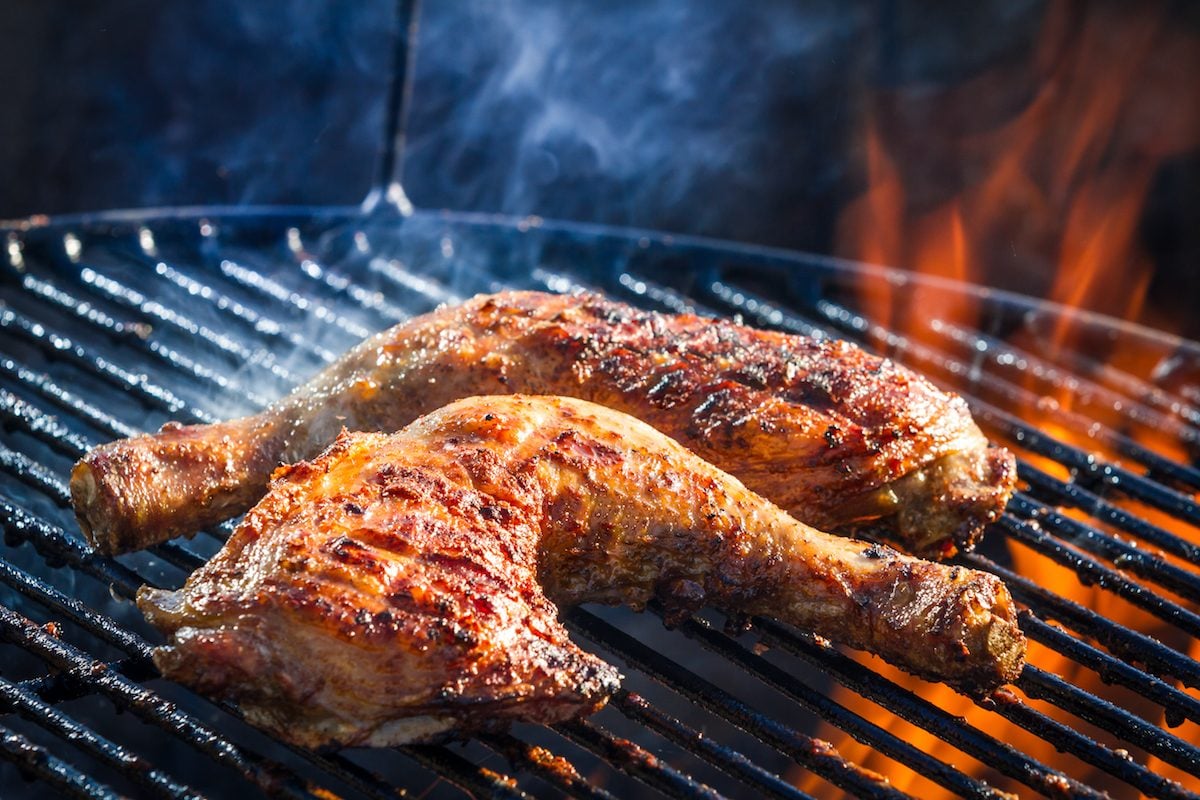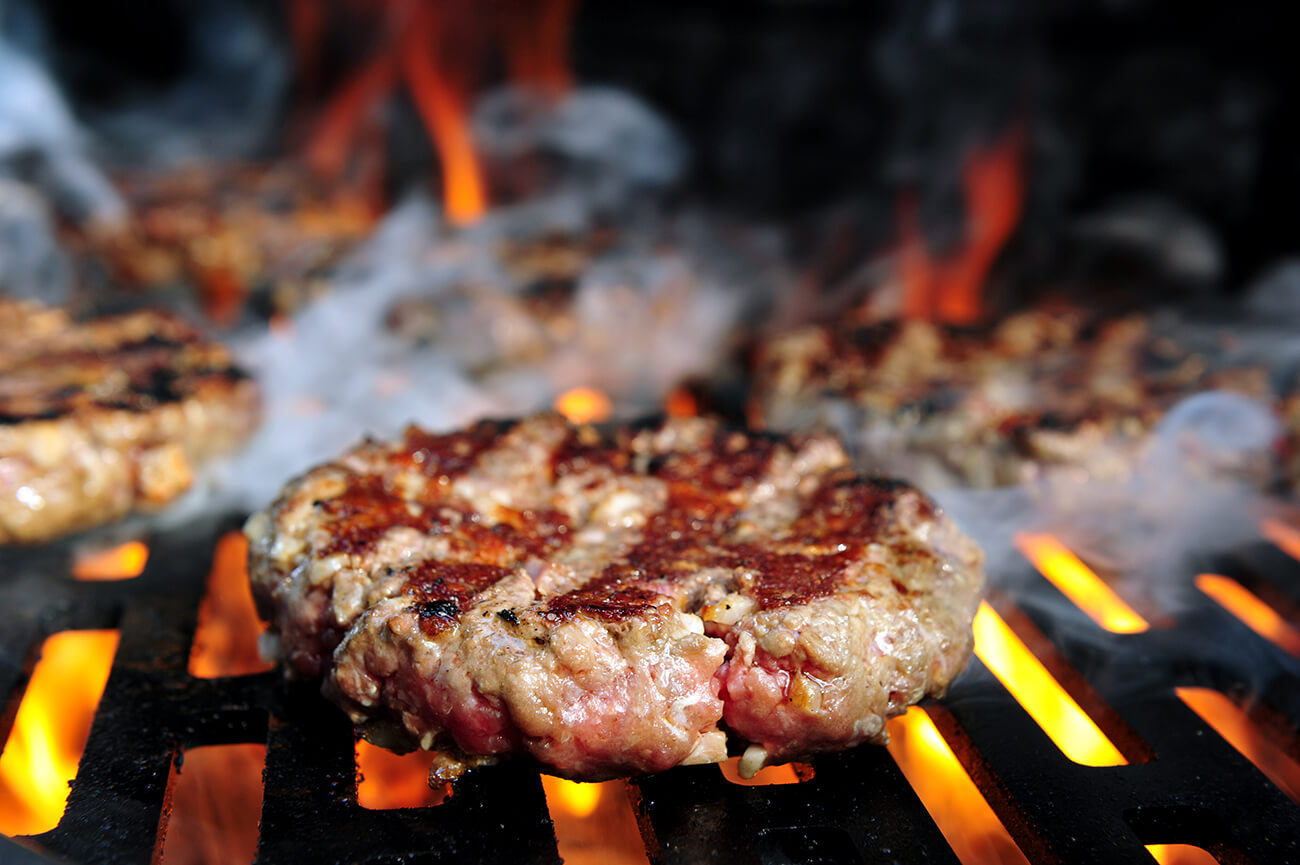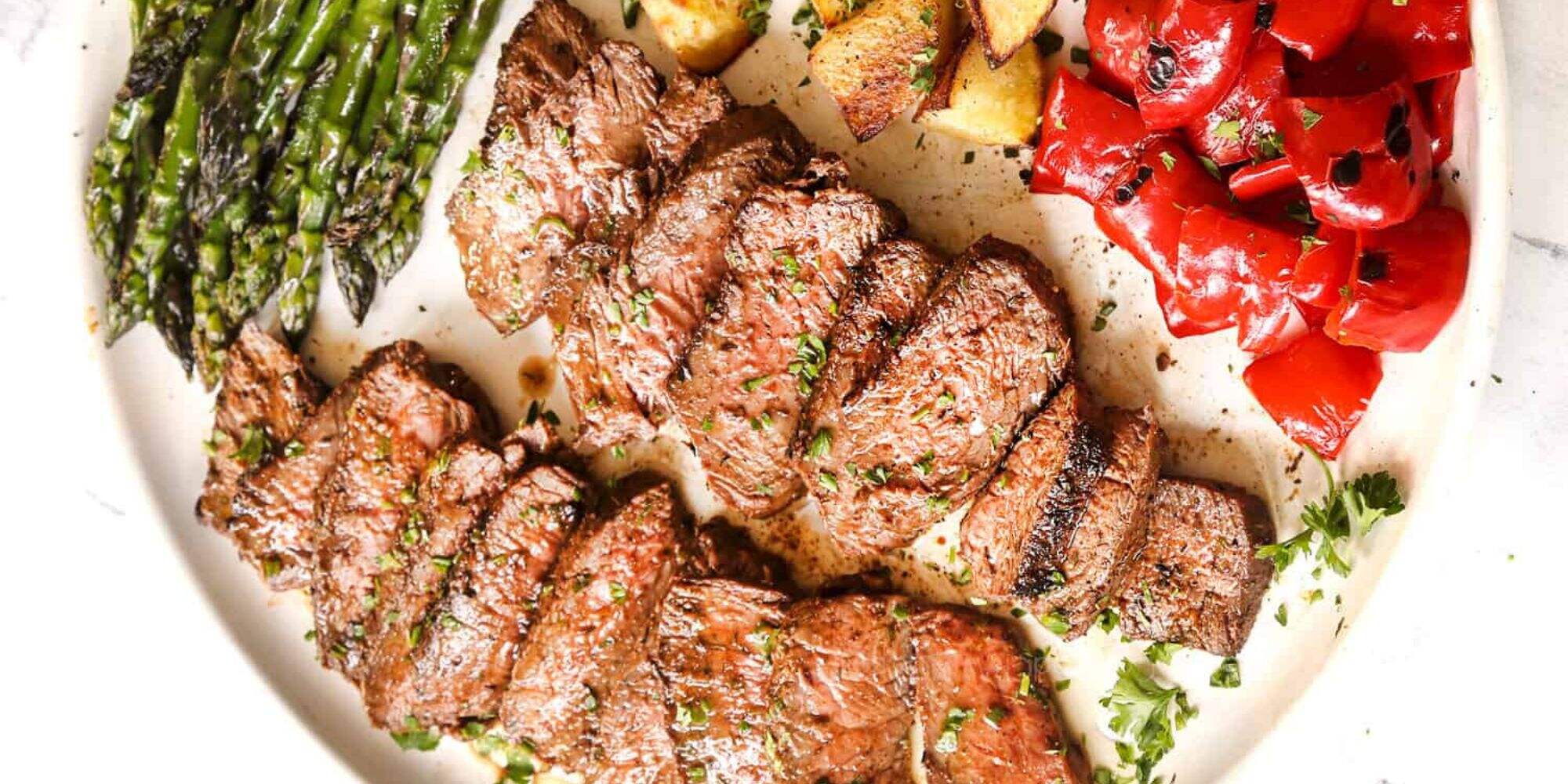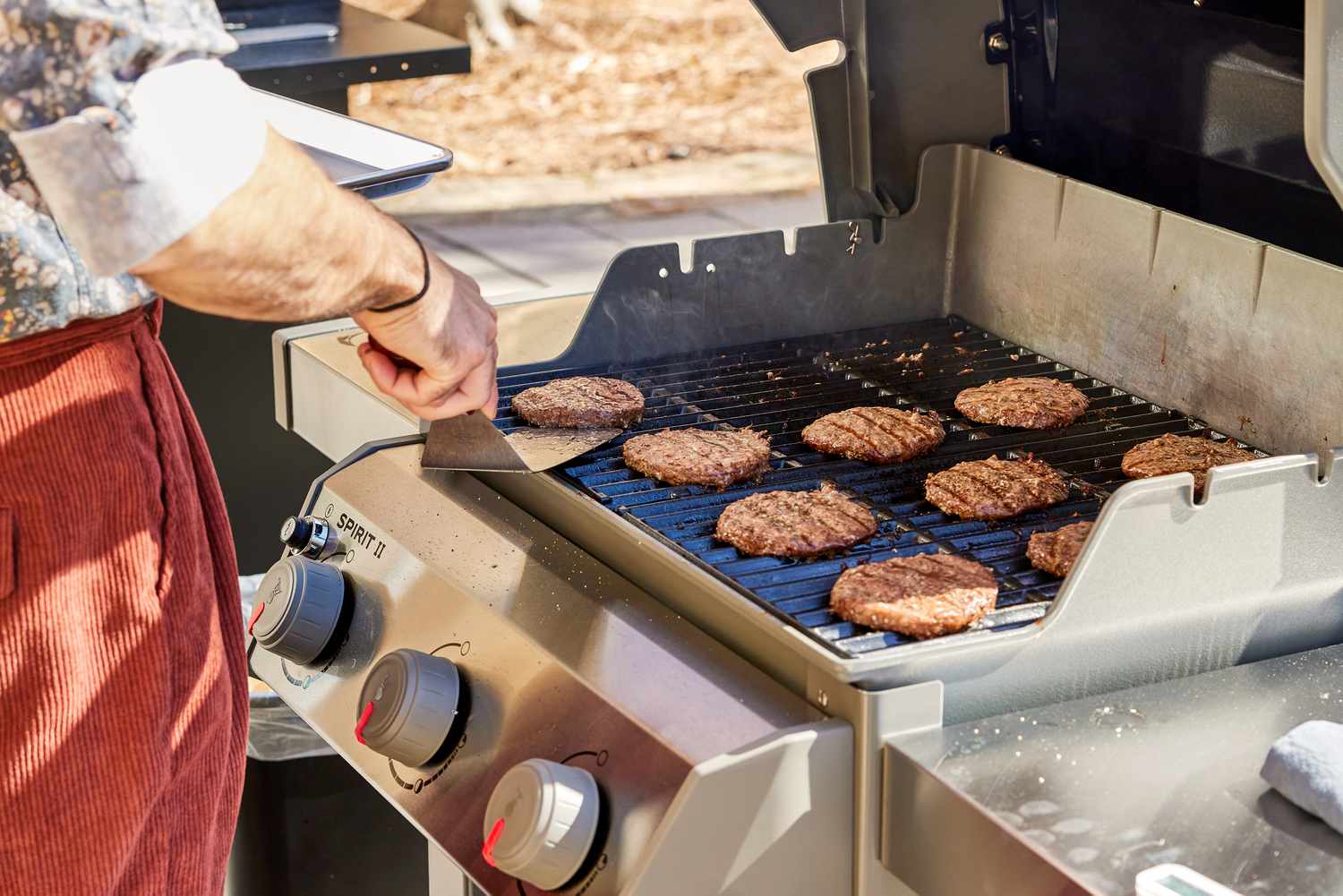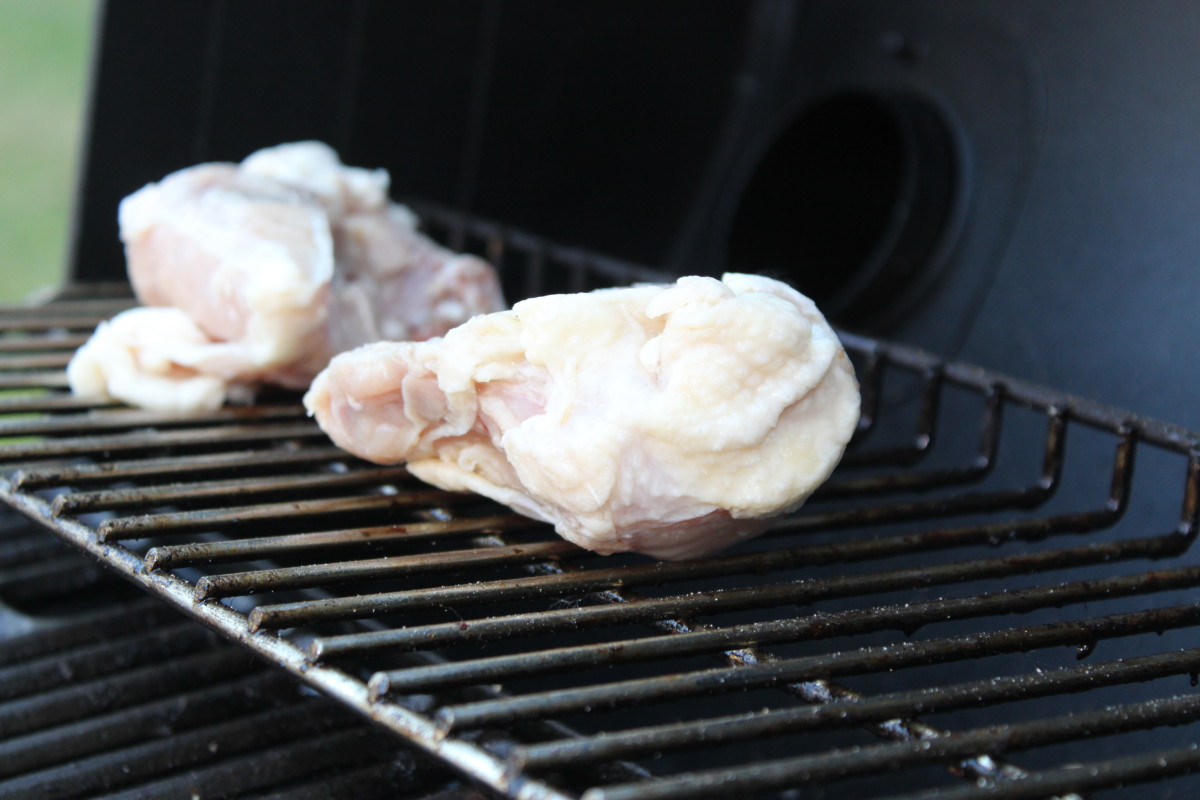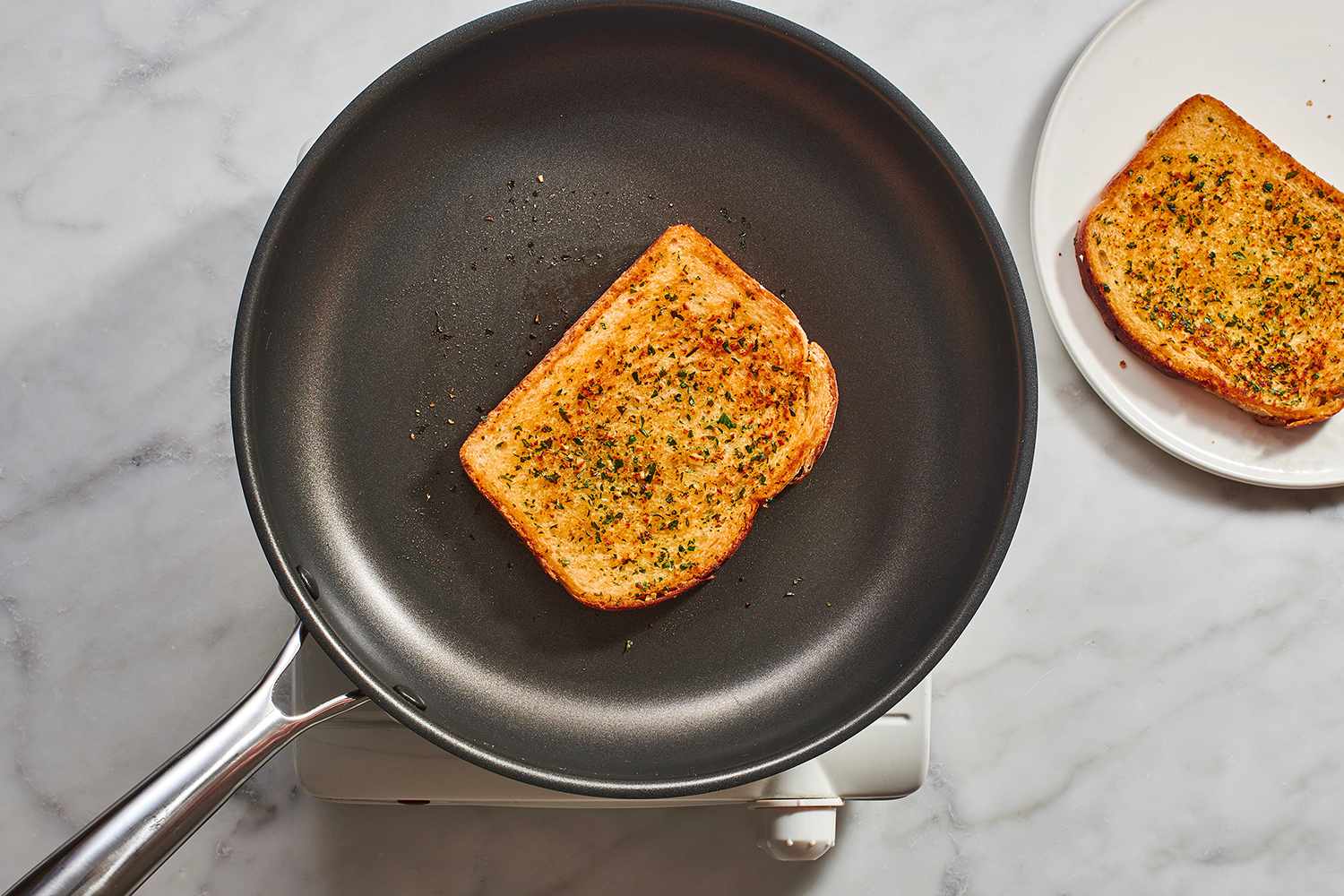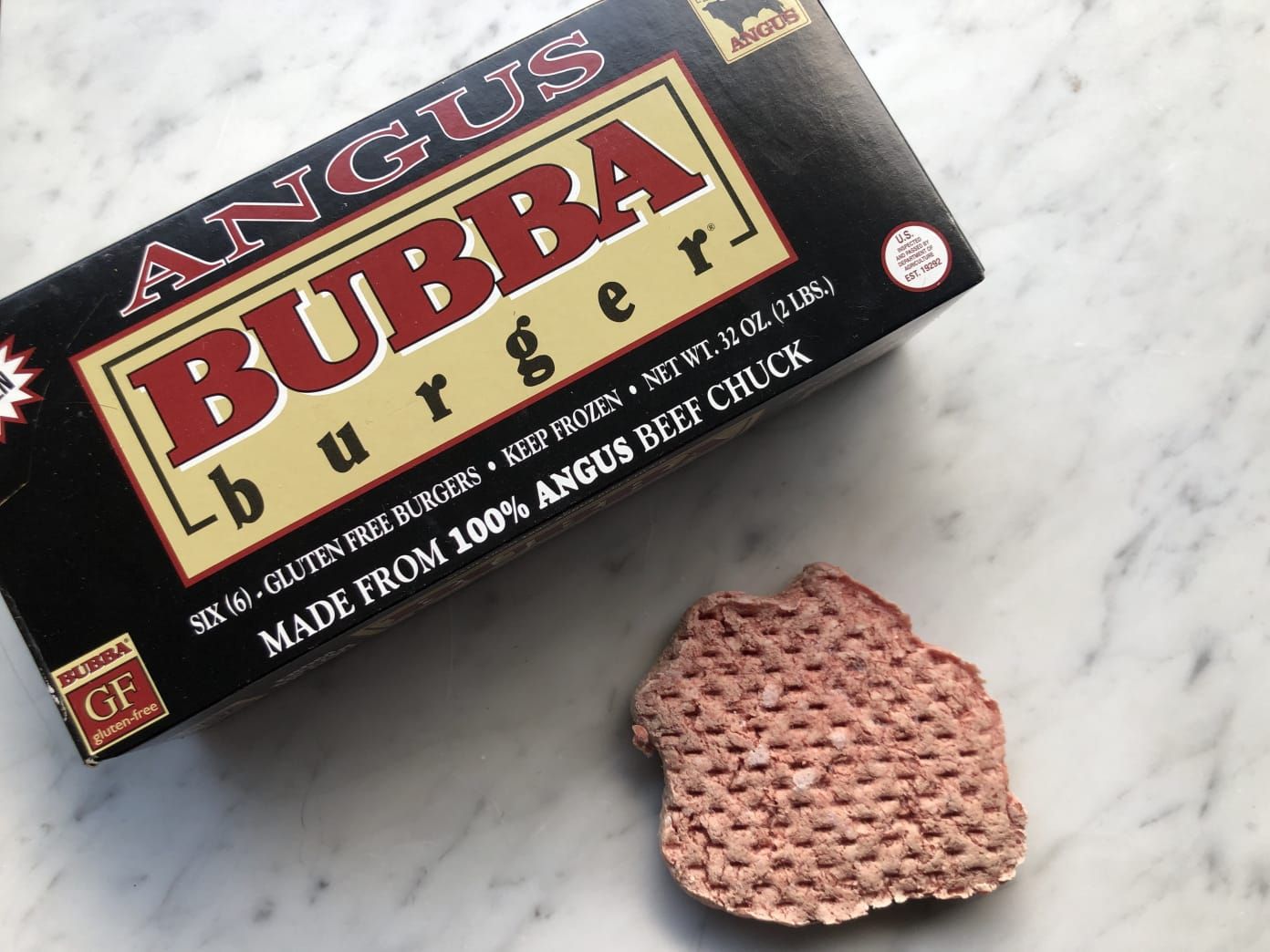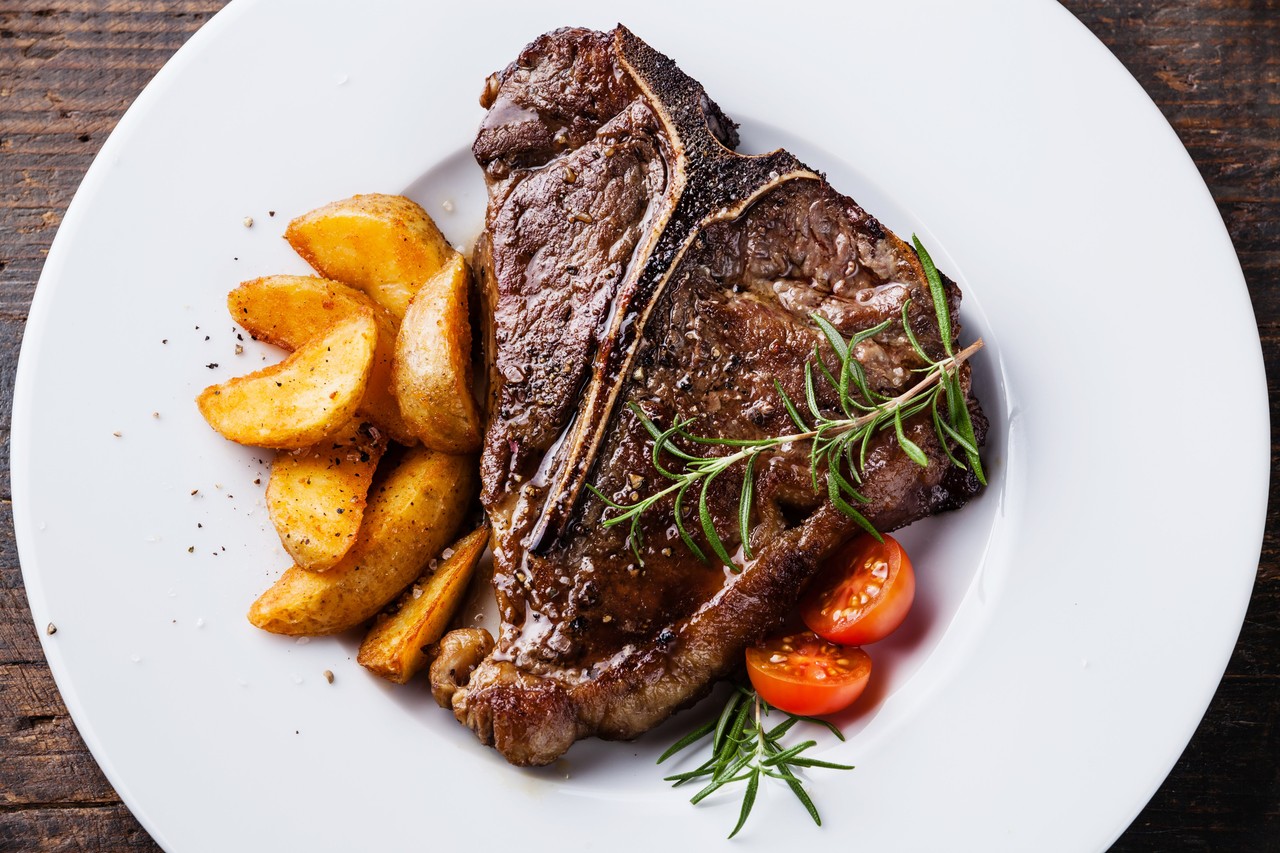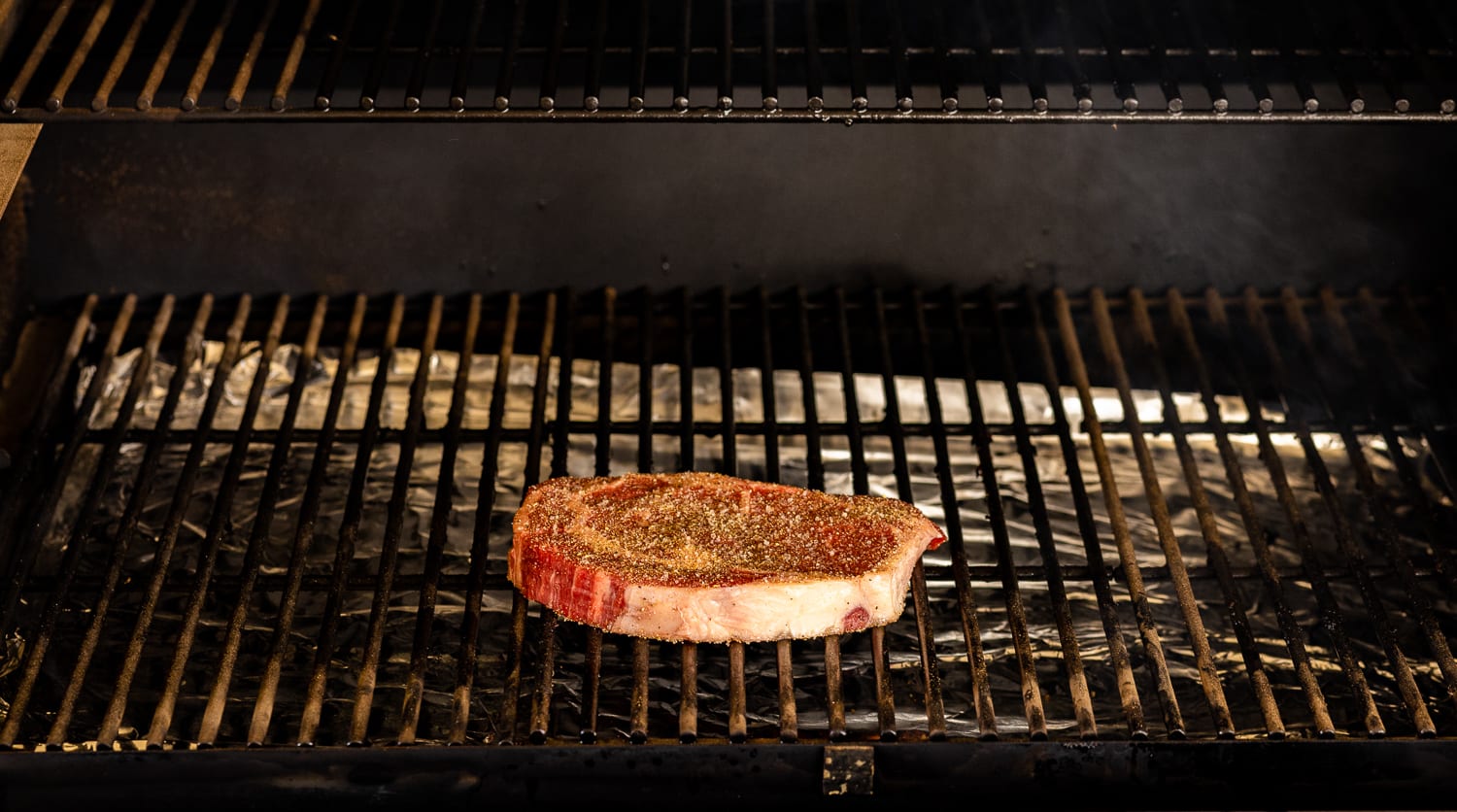Grilling ribeye steaks on a Weber gas grill is a delicious and satisfying way to enjoy a juicy, flavorful meal. With the right techniques and a little bit of preparation, you can create restaurant-quality ribeye steaks in the comfort of your own backyard. Here's a step-by-step guide to help you grill the perfect ribeye steaks on your Weber gas grill.
Choosing the Right Ribeye Steaks
Before you start grilling, it’s important to select the right ribeye steaks. Look for steaks that are well-marbled with fat, as this will help keep the meat juicy and flavorful during grilling. Opt for steaks that are at least 1 inch thick to ensure they cook evenly on the grill.
Preparing the Steaks
Before grilling, take the ribeye steaks out of the refrigerator and let them sit at room temperature for 30-60 minutes. This will help the steaks cook more evenly. While the steaks are resting, season them generously with salt and pepper. You can also add other seasonings such as garlic powder, onion powder, or a steak rub for extra flavor.
Preheating the Grill
Preheat your Weber gas grill to high heat, around 450-500°F. It’s important to preheat the grill for at least 10-15 minutes to ensure it’s hot enough for searing the steaks.
Grilling the Steaks
Once the grill is hot, place the seasoned ribeye steaks on the grates. Sear the steaks for 2-3 minutes on each side with the lid closed to achieve a nice crust on the outside. After searing, reduce the heat to medium and continue grilling the steaks to your desired doneness. Use a meat thermometer to check the internal temperature – 130°F for medium-rare, 135°F for medium, and 145°F for medium-well.
Resting and Serving
Once the steaks reach your preferred doneness, remove them from the grill and let them rest for 5-10 minutes. This allows the juices to redistribute, resulting in a more tender and flavorful steak. After resting, slice the ribeye steaks against the grain and serve them immediately with your favorite sides, such as grilled vegetables, baked potatoes, or a fresh salad.
Tips for Grilling Success
- Keep a close eye on the steaks while grilling to prevent overcooking.
- Use a meat thermometer to ensure the steaks reach the desired doneness.
- Avoid pressing down on the steaks with a spatula, as this can cause the juices to escape.
- Experiment with different seasonings and marinades to customize the flavor of your ribeye steaks.
By following these simple steps and tips, you can grill mouthwatering ribeye steaks on your Weber gas grill with confidence. Whether you're hosting a backyard barbecue or simply craving a delicious steak dinner, mastering the art of grilling ribeye steaks will surely impress your family and friends. So fire up the grill, grab some quality ribeye steaks, and get ready to savor every juicy, flavorful bite!
Was this page helpful?
Read Next: How To Grill Sausages In Toaster Oven
